Smartphones, BTS stations and the beginning of a digital society in the highlands
Since 2023, eight communes and wards in the northern part of the province have been selected as pilot sites for community digital transformation models. The government has started with very specific actions, handing over devices to people to enter the digital world .
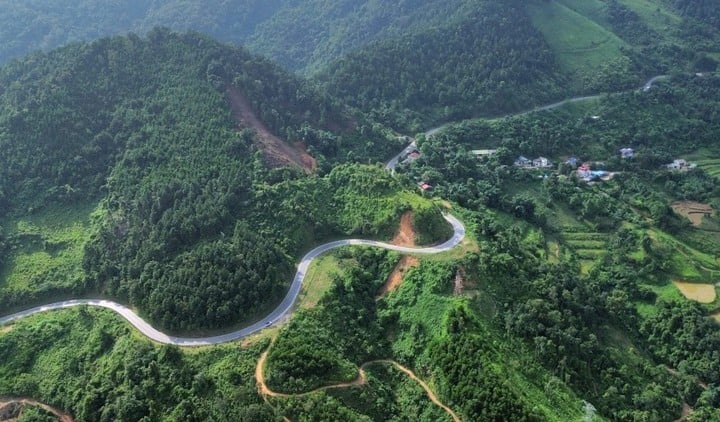
The high mountainous terrain and sparse population make many highland villages in Thai Nguyen have low telecommunication signal.
176 smartphones were given free of charge to the poor, 375 phones were given to prestigious people in the village. They are village chiefs, party cell secretaries, village elders, clan leaders, people who regularly interact with the community, have a voice in the cultural and social life of the locality, when they are proficient in using digital services, mobilizing people to follow becomes much more convincing.
In addition to equipment support, telecommunications infrastructure is also being invested in. Viettel 's new BTS station was built in the middle of the Dao Ba Ho hamlet (Yen Trach commune), helping places that previously had "only forests and rocks" to now receive stable 4G signals. In the commune centers, Internet bandwidth was also upgraded, serving people to handle administrative procedures, look up information, and use public services.
These changes gradually erase the image of the "troughs and waves" in the highlands from the digital map. People can video call their children who work far away, receive notifications from banks, insurance agencies, and schools right on their phones. Services that were once considered "something that happened somewhere in the lowlands" are starting to appear in daily life.
From "popular digital education" to "popular AI education"
Having equipment and waves, but if you don't know how to use them, everything will just stop at potential. Therefore, Thai Nguyen chooses the "learning from the ground up" approach.
Community digital transformation training courses were held at communes, village and hamlet cultural houses. Dinh Hoa was the first locality selected for the pilot. Nearly 150 core members, representatives of community digital technology groups, filled the hall. They were not only young people familiar with technology, but also middle-aged men and elderly people who were familiar with fields and corn fields.
The training content is designed in the direction of "reducing theory, increasing practice", picking up the phone, installing the C-ThaiNguyen application, trying to send a report about bad road conditions, uncollected garbage; opening the Public Service Portal, registering for a simple procedure; activating a VNeID account, getting familiar with cashless payments. Concepts such as "electronic identification", "online public services", "on-site reporting" are converted into specific operations, visible right on the screen.
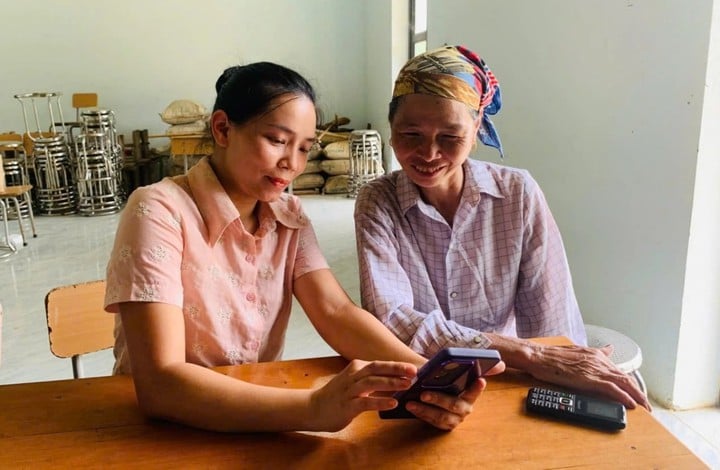
Community digital technology groups play a role in villages.
Along with "popular digital education", the "Popular AI Education" movement was also deployed. Nearly 400,000 people in the province participated in basic artificial intelligence experience activities, using AI to look up knowledge, translate languages, edit documents, and design a simple flyer. For many people in the highlands, this was the first time they were exposed to the concept of AI, but directly "clicking, trying, seeing the results" gradually erased the gap between the new and the hesitant.
The goal is not to turn everyone into tech experts, but to help them understand: technology can be a useful "assistant", not something too far away.
Community digital technology team - "bridge" between government and people
Thai Nguyen has built a model of Community Digital Technology Teams in most communes and wards. Each village and hamlet sends 3-4 people to participate, then return to become the core force at the grassroots level.
From the first classes in Dinh Hoa, the model was quickly replicated in Phu Luong and many other localities. It is expected that by the end of 2025, about 1,800 trainees will participate in the training; the goal is to form a team of nearly 5,000 "digital cores" across the province by 2026.
They are the people people can turn to at any time: to register administrative procedures online, install digital signatures, submit documents to receive benefits, look up insurance information, or simply check whether a "winning" message is a scam or not.
In Phu Luong commune, Ms. Luong Thi Hong Nhung, one of the members of the digital technology team, shared that after the training, she was clearly aware of her responsibility: "If I understand but do not guide the people, the training session will only stop at personal knowledge. The important thing is that the whole village knows how to use the phone to serve life, and is no longer afraid of technology."
For local authorities, the community digital technology team is considered an "extended arm" in the digital transformation process, especially when the province implements a two-tier government model. When people can do many procedures right at home, the pressure at the one-stop department is reduced, allowing officials to focus on more specialized tasks.
Despite many positive results, the highland localities still face significant barriers. According to the Department of Science and Technology, there are still dozens of villages and hamlets with "low" mobile signal, some places do not have electricity grid, and more than a hundred residential areas have not been connected to fiber optic cable. The fragmented terrain and sparse population make infrastructure investment costs very high.
Infrastructure is not the only challenge. In many places, digital technology team members are elderly with limited IT skills. The Vietnamese language proficiency of some ethnic minorities is limited, making it difficult to use Vietnamese applications. Some people cannot distinguish between real and fake news, and are less concerned about protecting personal data, making them easy targets for online scams.
Mr. Ha Van Huan, Vice Chairman of the People's Committee of Con Minh Commune, acknowledged: "We want to promote digital transformation, but the problem is from infrastructure to people. Some villages do not have signal yet, many people are not familiar with smartphones, so the progress cannot be as fast as in favorable areas."
To solve the problem, the Department of Science and Technology has coordinated with telecommunications enterprises to survey the entire status of mobile waves and the Internet in difficult areas. On that basis, the province proposed the central government and the Public Telecommunications Service Fund for support, and at the same time called on enterprises to expand coverage and install fiber optic cables to particularly difficult areas. The roadmap for 100% coverage of villages and hamlets is being built in stages, prioritizing "blank" areas in terms of telecommunications services.
Technology linked to livelihood and life
Digital transformation in the highlands is only meaningful when people see specific benefits in their lives and production. From a place where products were only sold around the commune and district, Mr. Dang Hanh Dung, owner of a sturgeon and salmon farm in Phieng Phang village (Thuong Minh commune), learned how to use social networks, connect with customer groups in the city, and cooperate with tourism businesses to organize farm tours. Images and videos of fish farming models in the highlands were widely shared, and orders gradually increased.
According to Mr. Dang Hanh Dung, without digital transformation, promoting a model in a remote place like Phieng Phang would be very difficult. Now, the farm not only sells products but also becomes a small eco-tourism destination, attracting visitors to stay and experience.
In tea growing areas, people apply digital technology to record production diaries, connect with traders, and participate in seasonal livestream sales. Highland cooperatives use QR codes to trace origins, participate in e-commerce platforms, and make cashless payments. Many farmers familiar with the fields can now use their phones to check orders and chat with customers from many provinces and cities.
Digital transformation in the Thai Nguyen highlands is a multi-layered journey: investing in infrastructure, equipping equipment, organizing training, building core teams, changing perceptions, and integrating technology into life. The road is long and full of difficulties in terms of resources, language, and geographical distance.
However, with systematic steps, from distributing phones, telecommunications coverage, opening "popular digital education" classes, implementing "Popular AI education", to forming community digital technology groups, Thai Nguyen is determined to bring technology to villages and hamlets.
Every citizen who knows how to use online public services, every highland household that knows how to sell agricultural products online, every effective community digital technology group… is a small but sure step on the path to narrowing the digital gap between mountainous and urban areas, between ethnic minorities and advantaged areas./.
Center for Science and Technology Communication
Source: https://mst.gov.vn/thai-nguyen-tang-toc-so-hoa-o-vung-kho-mo-duong-cho-cong-dan-so-197251124231625333.htm


![[Photo] Close-up of heavy damage at the school located on the banks of the Ban Thach River](/_next/image?url=https%3A%2F%2Fvphoto.vietnam.vn%2Fthumb%2F1200x675%2Fvietnam%2Fresource%2FIMAGE%2F2025%2F11%2F26%2F1764152130492_ndo_bl_img-8188-8805-jpg.webp&w=3840&q=75)

![[Photo] VinUni students' emotions are sublimated with "Homeland in the Heart: The Concert Film"](/_next/image?url=https%3A%2F%2Fvphoto.vietnam.vn%2Fthumb%2F1200x675%2Fvietnam%2Fresource%2FIMAGE%2F2025%2F11%2F26%2F1764174931822_10-3878-jpg.webp&w=3840&q=75)









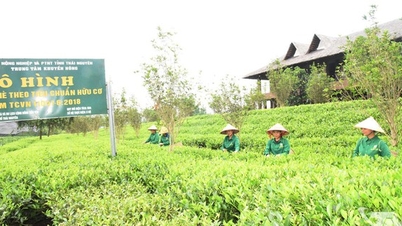








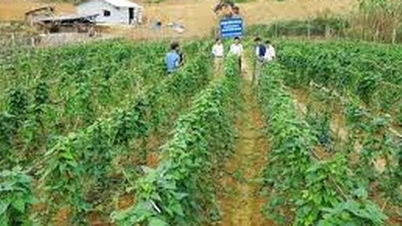

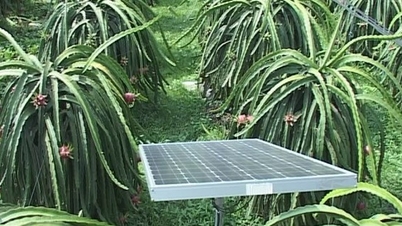










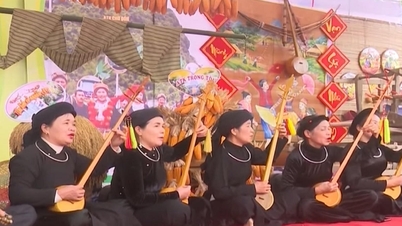
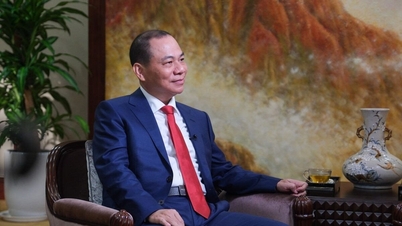





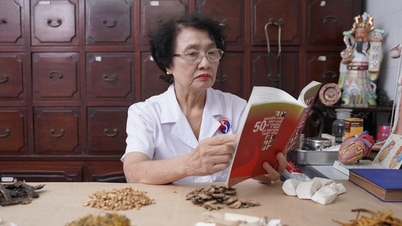



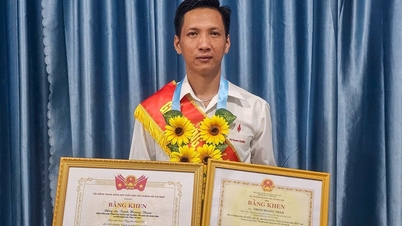





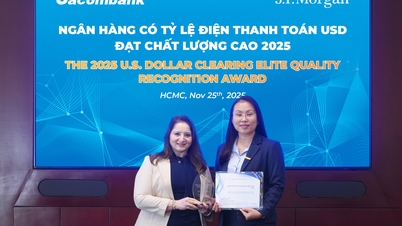

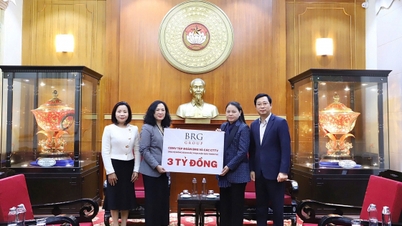












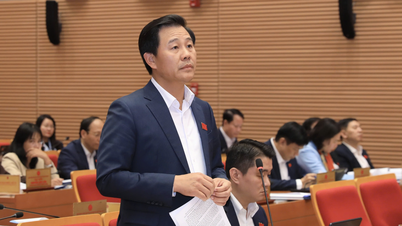
![[Photo] Opening of the 28th Session of the Hanoi People's Council](https://vphoto.vietnam.vn/thumb/402x226/vietnam/resource/IMAGE/2025/11/26/1764155991133_image.jpeg)




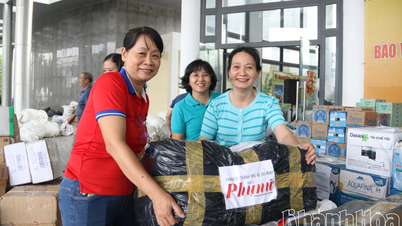



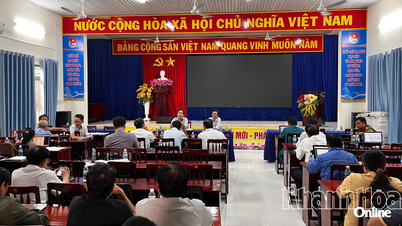
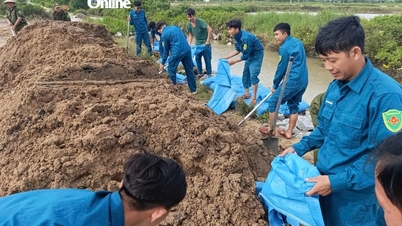










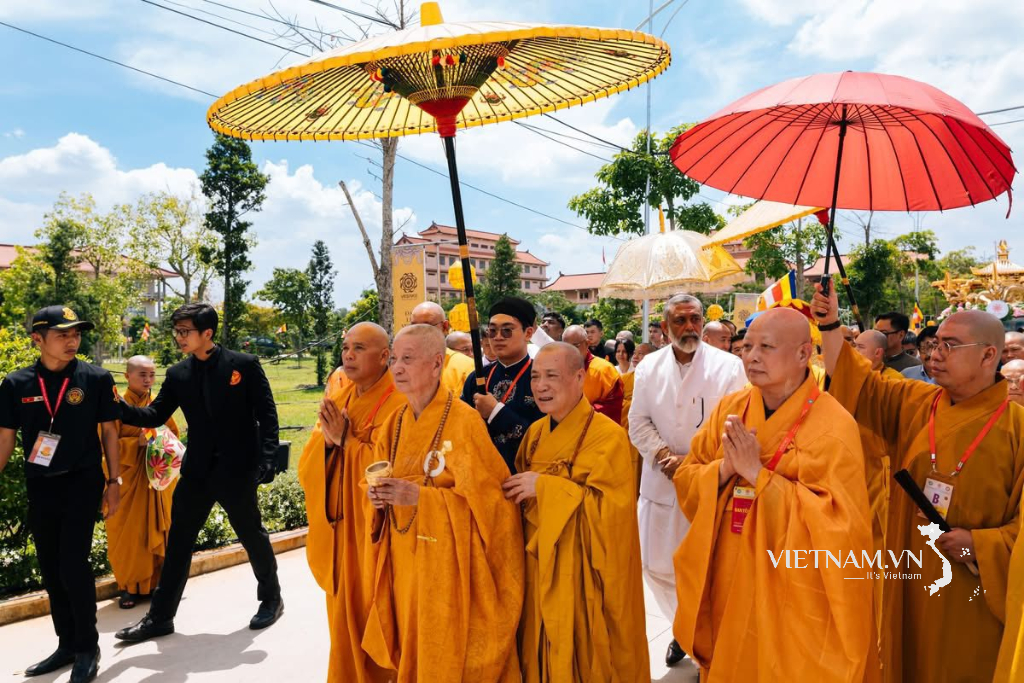



Comment (0)